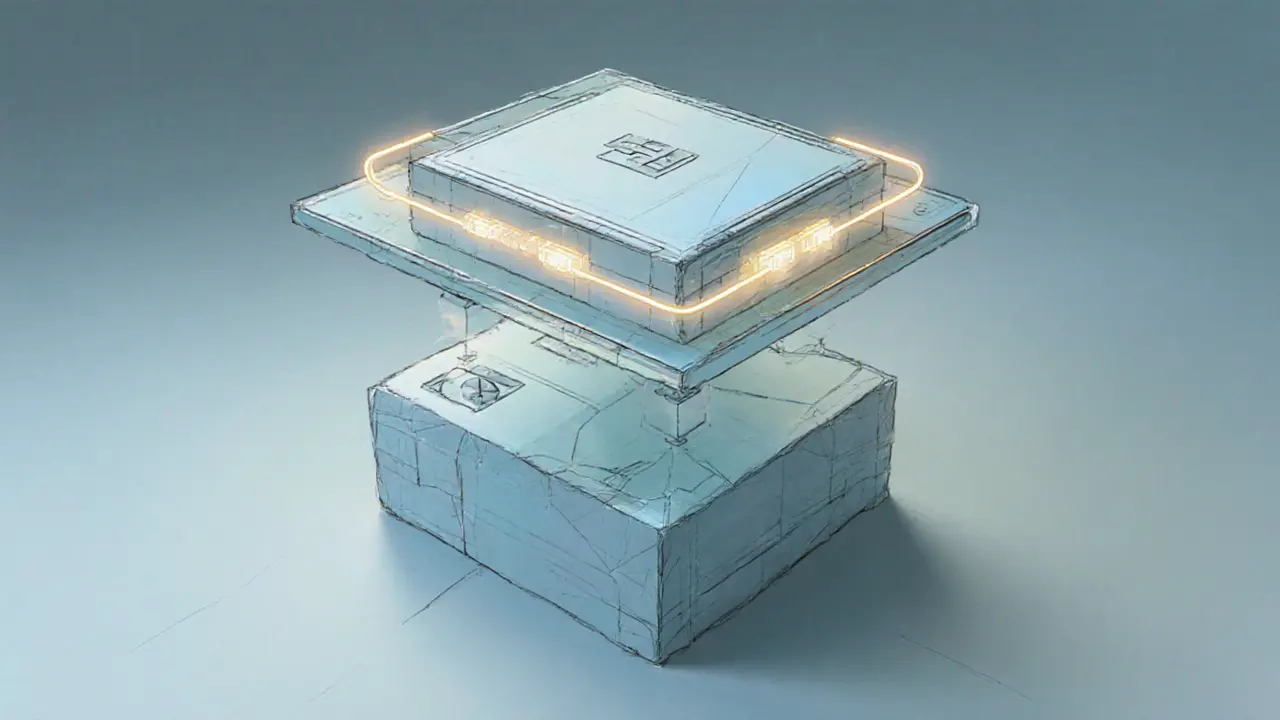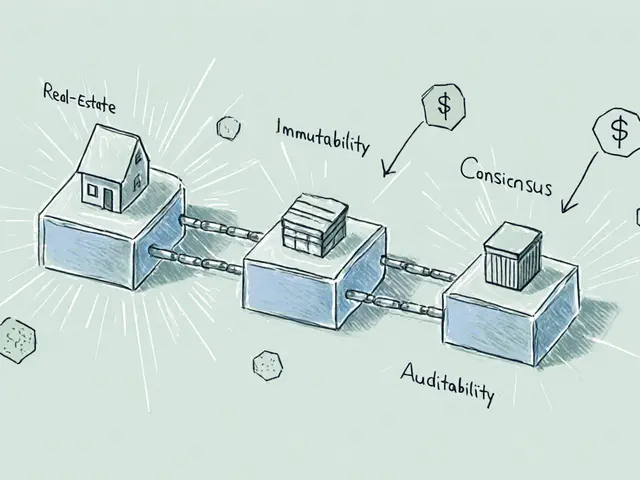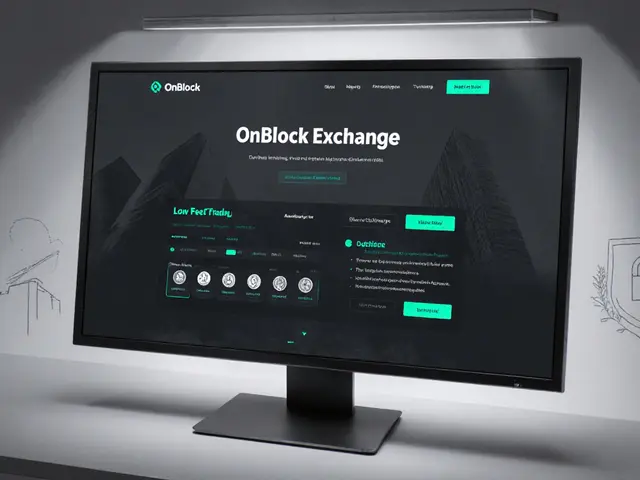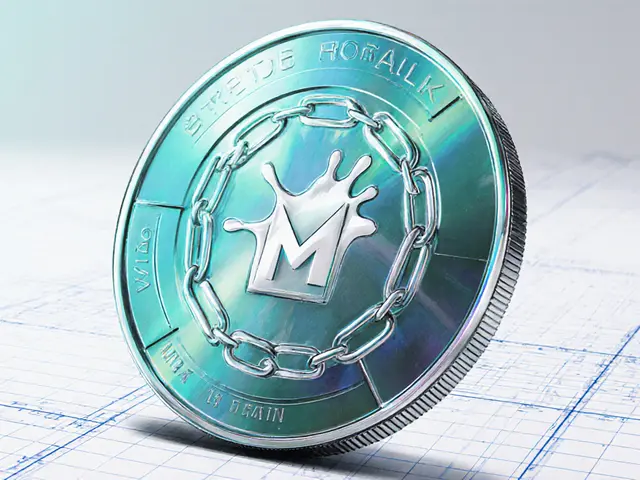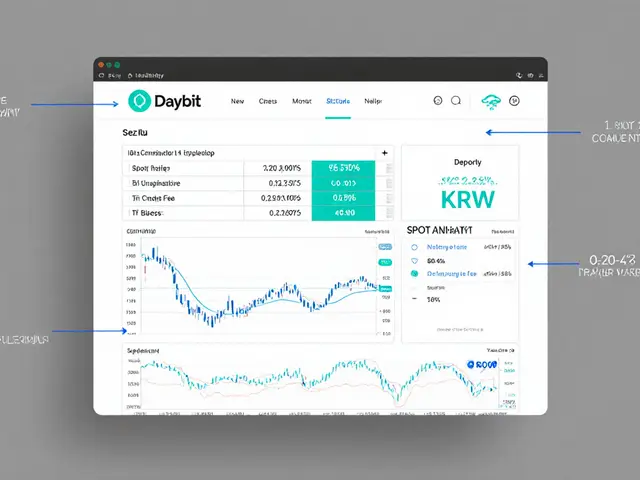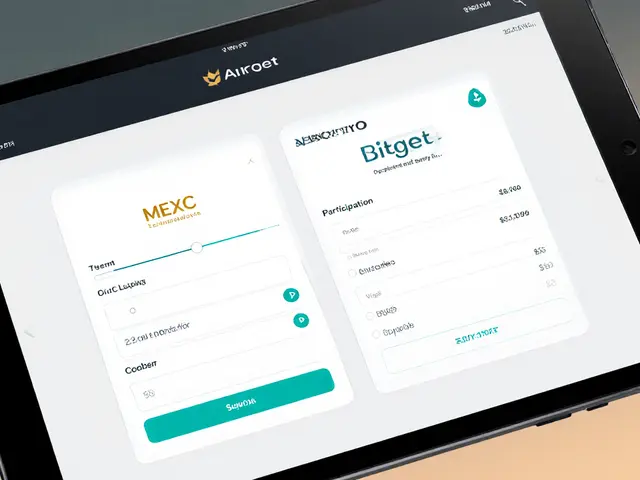Rollups – The Key to Faster, Cheaper Crypto Transactions
When talking about Rollups, a layer‑2 scaling solution that aggregates many transactions off‑chain and submits a single compressed proof to the main chain. Also known as layer‑2 rollups, it keeps security anchored to the base chain while slashing fees and boosting throughput.
One major family is Optimistic Rollup, which assumes transactions are valid by default and only runs fraud proofs if someone challenges them. Its alternate name is optimistic rollup. Another key type is ZK Rollup, which posts a zero‑knowledge proof that mathematically verifies every batch without revealing details, also called zero‑knowledge rollup. Both approaches rollups bring the same core benefit: they let Ethereum handle many more users without sacrificing the trust model.
How Rollups Shape DeFi, Exchanges and Airdrops
Because rollups compress data, DEXs like SushiSwap on Arbitrum or Uniswap on ZKSync can offer lower gas costs and faster order execution. This directly affects the posts you’ll see below, where we review exchanges operating on these L2s, compare fees, and examine liquidity nuances. For example, Arbitrum—a leading Optimistic Rollup platform—enables traders to move large volumes with minimal slippage, a factor that shows up in our SushiSwap V3 deep‑dive. On the ZK side, projects such as zkPorter or StarkNet let airdrop campaigns distribute tokens at a fraction of the cost, which is why you’ll notice several airdrop guides in this collection that specifically mention low‑fee claim routes.
Rollups also influence security considerations. While the base chain still validates proofs, the design of fraud proofs (optimistic) versus validity proofs (ZK) determines the time users wait for finality. This delay matters for margin traders on PoloniDEX or Lucent Exchange, as we point out in the exchange reviews. Moreover, regulators in the UAE or Norway glance at the underlying scaling tech when drafting policies, because the energy footprint of rollup‑based transactions is dramatically lower than on‑chain alone. Understanding these nuances helps you gauge risk, plan entry points for new token drops, and pick the right L2 for your trading style.
Looking ahead, the rollup ecosystem is expanding into hybrid models that blend optimism with zero‑knowledge proofs, aiming for instant finality without sacrificing security. Developers are building cross‑chain bridges that let assets flow seamlessly between Ethereum, Arbitrum, Optimism, and ZK rollup networks, opening up new arbitrage opportunities and deeper liquidity pools. As the technology matures, expect more DeFi protocols, NFT marketplaces, and even traditional finance applications to layer‑2 their operations, a trend reflected in our upcoming analyses of NFT marketplace tech and real‑world blockchain use cases. The next wave of rollup upgrades will likely tighten rollup‑specific governance, introduce token‑incentivized proof submission, and further lower the barrier for everyday users to participate in crypto ecosystems.
All of this sets the stage for the articles below. Whether you’re looking for a step‑by‑step guide to claim a token airdrop on a ZK rollup, a detailed review of an exchange that runs on an Optimistic rollup, or a broader view of how rollup technology reshapes market orders and limit orders, you’ll find the practical insights you need right after this intro.
Understanding Transaction Finality in Ethereum Rollups
Explore how transaction finality works in Ethereum rollups, compare optimistic and ZK rollups, and learn practical steps to handle finality securely.
View More